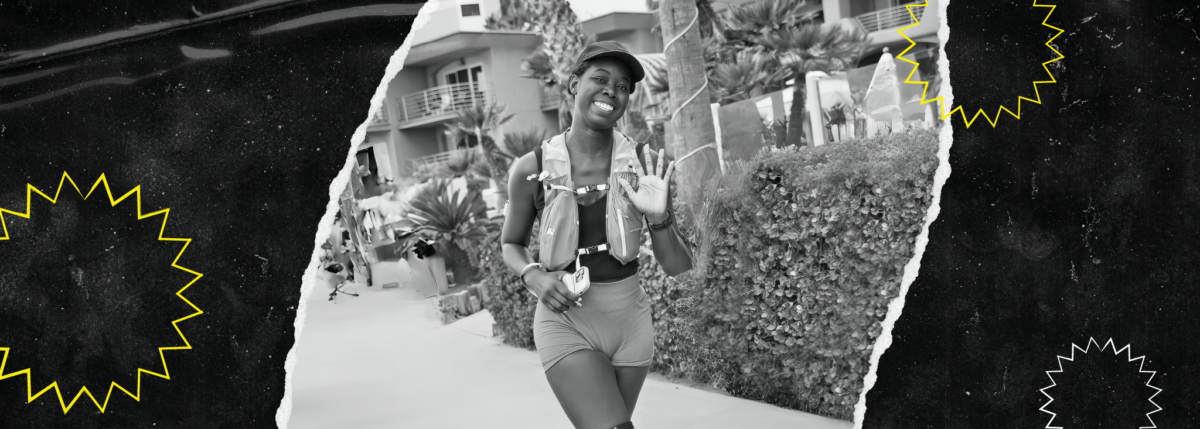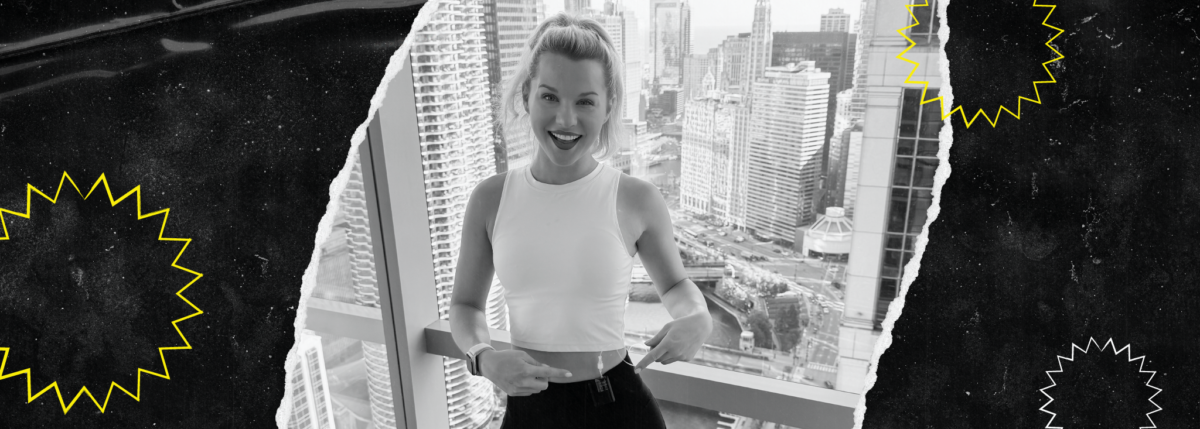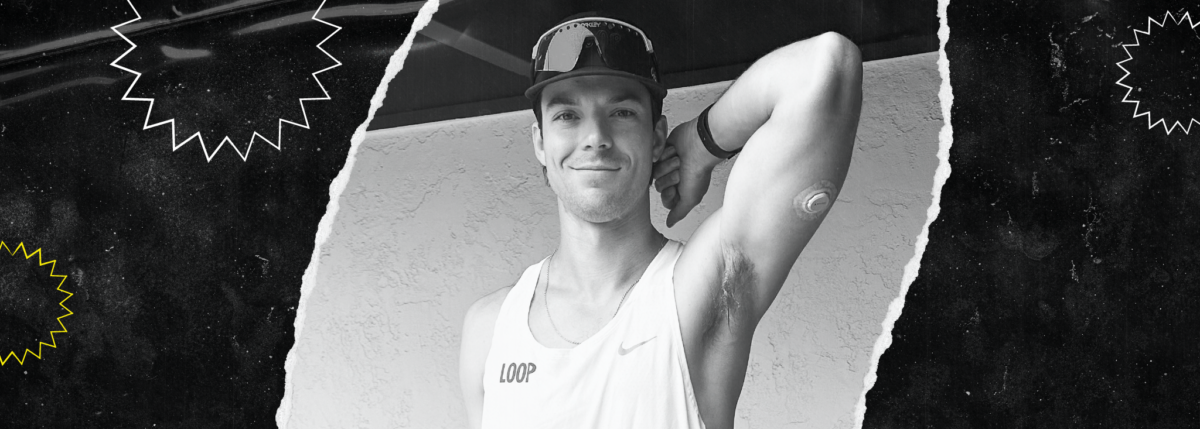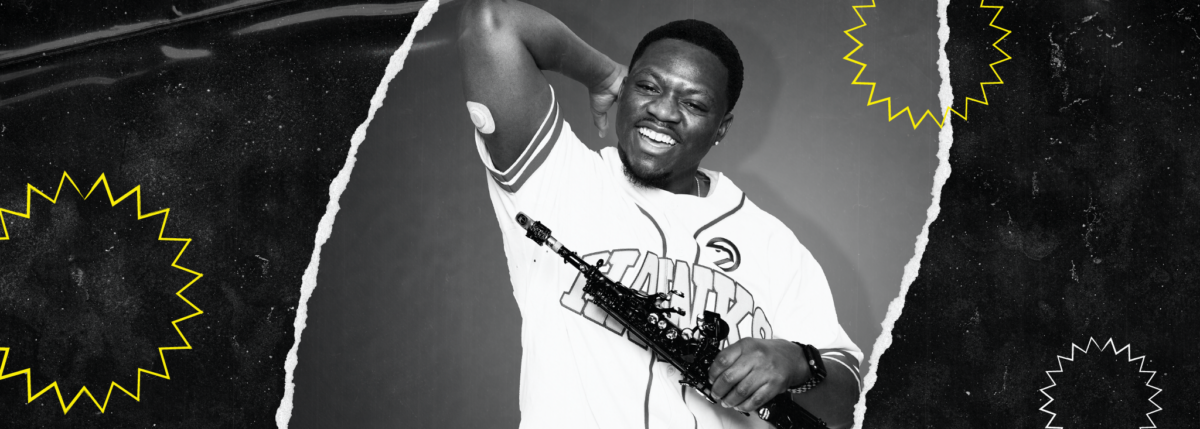Coping with Fear of Hypoglycemia
Written by: Jordan Dakin
4 minute read
November 21, 2019
One of the more frightening experiences of living with diabetes is an ever-present fear of hypoglycemia. Fear of hypoglycemia is a well-known, recognized phenomenon in the diabetes community that affects children and adults with type 1 diabetes, as well as their loved ones and caregivers.
It is characterized by the anxiety or fear that comes on at the notion of encountering a low blood sugar (classified as 3.8 mmol/l70 mg/dL or lower). This fear might lead to people living with type 1 diabetes (T1D) to intentionally maintain high blood sugars, which can lead to diabetic ketoacidosis (DKA).
Thorough diabetes management involves an understanding of the health risks associated with the condition, as well as taking the proper steps to avoid major psychosocial ramifications and promote overall mental health.
Mental ramifications
Too often, people with diabetes give more weight to concerns of possible hypoglycemic episodes than is healthy. It is important to be aware of low blood sugar symptoms to some degree, but there is a tipping point.
According to Dr. Mark Heyman PhD, a fear of hypoglycemia can manifest in the avoidance of situations like “driving, traveling, or going to work or school because fear becomes more intense in these situations.” He has witnessed people harboring fear who “keep their blood sugar high on purpose, treat ‘low’ blood sugars too early (e.g., 10.0 mmol/L180 mg/dL), and under-dose insulin for food and corrections.” The main problem with this, he says, is that these people are always keeping their blood sugars elevated which can constantly affect how they feel and increase risks of other complications.
Dr. Heyman recommends seeking out professional help if fear of hypoglycemia has reached the point where everyday tasks become unbearable. Having diabetes doesn’t mean you can’t maintain a normal, healthy outlook on the condition—it just means it might take an extra step here and there. He urges sufferers of a particularly intense fear of hypoglycemia to use this tool to find mental health professionals with expertise regarding this topic.
Most people living with diabetes fear hypoglycemia to some extent. The point at which this becomes unhealthy is important to determine so that avoiding a negative impact on quality of life can be a built-in part of ongoing management. CDE Mariana Gomez walks patients through a four-part plan of attack:
- Recognize fear as an emotion and that being afraid is normal, but encourage peers and caregivers to analyze if your fears have become irrational.
- Ask for advice from your peers—the diabetes community is full of anecdotes that will make you feel understood and insight that might even help you prevent a low from happening.
- Analyze and take action. Review your decision-making, looking at carbohydrate counting and insulin dosing skills in order to reduce factors that could interfere with care and could possibly lead to hypoglycemia.
- Give technology a try. Some tools—especially continuous glucose monitors (CGMs)—can provide information that can save lives and ease minds.
A barrier to better management
Alexi Melvin has lived with diabetes for 16 years and admits to intentionally allowing her blood sugars to run high for years by personal choice.
She explains, “Any time I would go out with friends or to a concert or anything like that, I would make sure that I was running high so that I wouldn’t have to stress about going low… I had a job at a Broadway theater, and I remember taking a quick break to check my blood sugar because I felt very lethargic, and I was upwards of 400. I had gone so far overboard to avoid a low that I was seriously putting my health at a much more of a risk than getting a few lows here and there.”
These dangerous situations are not uncommon for people who feel unequipped to rapidly treat hypoglycemia.
Glucagon is the standard of care for treating severe hypoglycemia and the diabetes community could greatly benefit from common knowledge of the tool. In the only form that has been available until recently, glucagon required reconstitution, mixing liquid with powder before injecting. Because of this, many found the very idea of using a glucagon kit a little daunting.
In recent years, several stable forms of glucagon were reviewed and approved by the FDA, including:
- Nasal glucagon – Baqsimi®: This is an emergency glucagon that’s administered through your nose.
- Glucagon pen – Gvoke HypoPen®: This is a premixed glucagon injection that you press against your thigh. The auto-inject device makes it quick and easy to use. It is also available in a prefilled syringe (PFS).
- Glucagon vial & syringe – Gvoke Kit®: This is a premixed glucagon in a vial that comes with a syringe, allowing you to draw up the dose manually and inject it directly into your thigh.
- Glucagon pen – Zegalogue®: Also a premixed glucagon, available as an easy-to-use auto-inject device. It is also available in a prefilled syringe (PFS).
For her, a lot of lows occur in the middle of the night, when she wakes up still half asleep. She feels that this isn’t “an optimal state of mind to handle a potential glucagon situation.”
Knowledge is power
All in all, most people can stand to be more informed so that fear of hypoglycemia doesn’t keep people with diabetes or their loved ones from living a normal, balanced life. Worrying drastically about encountering a low can have harmful psychological ramifications as well as negatively impact health outcomes. Arming oneself with information and the necessary tools are the best and only ways to live free from fear.
This article was published as part of a partnership between Beyond Type 1 and Xeris Pharmaceuticals., an active partner of Beyond Type 1 at the time of publication.
Check out this interview with Xeris CEO Paul Edick.

Author
Jordan Dakin
Jordan recently graduated from the University of California, Los Angeles after earning her BA in English and film studies. She is a passionate storyteller, traveler and lover of people and hopes to use her experience working in tech and as a writer to advocate for the BT1 community. In her spare time, she also enjoys hiking, karaoke and cooking for friends. Check her out on Instagram @jordanemilydakin.
Related Resources

Danica Collins not only prepared for one of the most challenging physical events of her...
Read more

Beyond Type 1 is spotlighting inspiring athletes with type 1 diabetes as they prepare for...
Read more

On November 3, 2024, Taylor Rindfleisch of Chicago laced up her running shoes for the...
Read more

